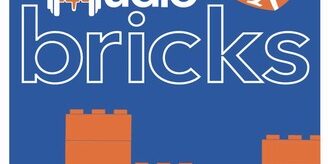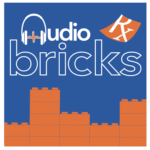Autonomic Regulation of the Cardiovascular System


When you know the meaning of the word autonomic, the role of the autonomic nervous system (ANS) becomes clearer. Autonomic denotes involuntary or subconscious activity. In physiology, it refers to the many bodily functions that are subconsciously controlled, such as breathing, digestion, and—most relevant to our discussion here—heartbeats.
The ANS is the neural network that controls these subconscious functions. For variable control, there are two opposing divisions of the ANS:
- The sympathetic nervous system (SNS) controls many functions under times of acute stress. Its effects are generally described as a “fight-or-flight” response because it’s sympathetic to our plight.
- The parasympathetic nervous system (PSNS) controls many of these same functions when the SNS is not activated. It produces the default setting so to speak. It is often described as a “rest-and-digest” response.
Anatomically speaking, the SNS and PSNS have separate divisions; the SNS is derived from the thoracolumbar division while the PSNS is derived from the craniosacral division.
After listening to this Audio Brick, you should be able to:
- Define the autonomic nervous system (ANS).
- Identify which ANS component is dominant at rest and during exercise.
- Describe cardiac innervation.
- Describe the mechanisms by which the ANS alters ion conductance and subsequently the action potentials to ultimately modulate heart rate and contractility.
- Describe vascular innervation.
- Describe how the ANS regulates blood volume.
You can also check out the original brick from our Cardiology collection, which is available for free.
Learn more about Rx Bricks by signing up for a free USMLE-Rx account: www.usmle-rx.com
You will get 5 days of full access to our Rx360+ program, including nearly 800 Rx Bricks. After the 5-day period, you will still be able to access over 150 free bricks, including the entire collections for General Microbiology and Cellular and Molecular Biology.
***
If you enjoyed this episode, we’d love for you to leave a review on Apple Podcasts. It helps with our visibility, and the more med students (or future med students) listen to the podcast, the more we can provide to the future physicians of the world.
Follow USMLE-Rx at:
Facebook: www.facebook.com/usmlerx
Blog: www.firstaidteam.com
Twitter: https://twitter.com/firstaidteam
Instagram: https://www.instagram.com/firstaidteam/
YouTube: www.youtube.com/USMLERX
Learn how you can access over 150 of our bricks for FREE: https://usmlerx.wpengine.com/free-bricks/
from our Musculoskeletal, Skin, and Connective Tissue collection, which is available for free.
Learn more about Rx Bricks by signing up for a free USMLE-Rx account: www.usmle-rx.com
You will get 5 days of full access to our Rx360+ program, including nearly 800 Rx Bricks. After the 5-day period, you will still be able to access over 150 free bricks, including the entire collections for General Microbiology and Cellular and Molecular Biology.
